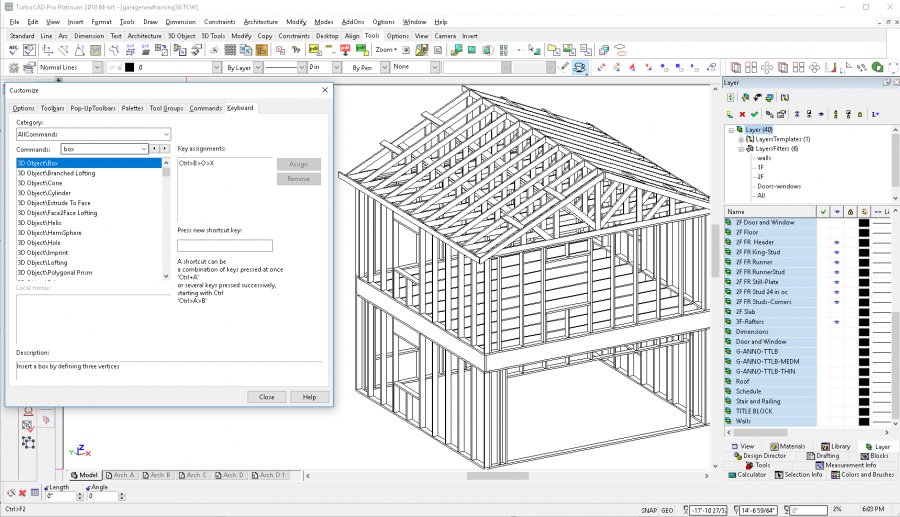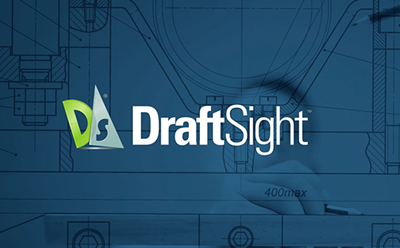

Creo offers expanded capabilities to meet any requirements, including modeling and design, simulation and analysis, augmented reality, smart connected design, additive manufacturing, and model-based definition.
#2d 3d cad software software#
SolidWorks by Dassault Systèmesįirst released in 1995, SolidWorks by Dassault Systèmes is a CAD software application for the Windows operating system that directly competes with PTC Creo, Solid Edge, and Autodesk Inventor, utilizing a parametric feature-based approach and empowering designers and engineers with an integrated suite of tools that helps them get the job done faster and better.Ĭreo by PTC, formerly known as Pro/Engineer, is used by Lockheed Martin and several other aerospace & defense companies. Solid Edge by Siemens PLM Softwareįrom mechanical and electrical design to simulation, manufacturing, technical publications, data management, and beyond, Solid Edge by Siemens PLM Software allows aerospace & defense to effortlessly digitalize their entire product development process by combining the speed and simplicity of direct modeling with the flexibility and control of parametric design. NX has built-in tools for drafting and documentation, and its distinctive design and styling gives companies a competitive advantage. Used by GE Aviation, NX by Siemens PLM Software has been available for nearly a half-century, this advanced high-end CAD software application enables aerospace & defense companies to realize the value of the digital twin, allowing them to deliver better products faster and more efficiently. More info & Pricing NX by Siemens PLM Software While there are many different CAD software applications on the market, only a few are used by major aerospace & defense companies. When selecting a CAD software application for the aerospace & defense industry, it’s best to stick with the most widely used CAD programs to maintain compatibility with OEMs and supply chains.
#2d 3d cad software how to#
How to Select CAD Software for Aerospace & Defense

When the cost of an iteration can be in millions of dollars, and when a difference of less than a tenth of a millimeter can cause a catastrophic failure, selecting the perfect and most efficient CAD software application becomes essential.īecause different CAD software applications generally have different mathematical recipes used to define object geometry, it’s important to ensure that the geometry differences fall within tolerance when trading data between partners and departments. Aerospace & Defense Industry-Specific NeedsĪerodynamics and aircraft designs require a high level of accuracy and efficiency. Some developers of CAD software are exploring the possibilities of generative design, to quickly generate multiple design alternatives from a single idea to save weight, reduce environmental impact, and increase safety. With CAD software, it’s extremely easy to turn an idea into a 3D-printed model and progressively iterate and improve it until it’s perfected. In addition to creating and shaping 2D and 3D objects, CAD software applications and simulate and verify complex mechanical assemblies and cyber-physical systems, formulate the design and manufacturing of electrical systems, and facilitate the design and manufacturing of fluid systems, among other things. Most CAD software applications used in the aerospace & defense industry are parametric, so designers and engineers can precisely change individual parameters of the 2D and 3D objects they’ve created to meet even the strictest specifications. The most important feature of a CAD software application is its ability to create and shape 2D and 3D objects using tools such as extrude, cut, and revolve.

#2d 3d cad software manual#
The first CAD software appeared in the 1960s, and it has since then completely replaced the traditional approach to design and engineering, which involved a pen and paper and a lot of tiresome manual work.


 0 kommentar(er)
0 kommentar(er)
